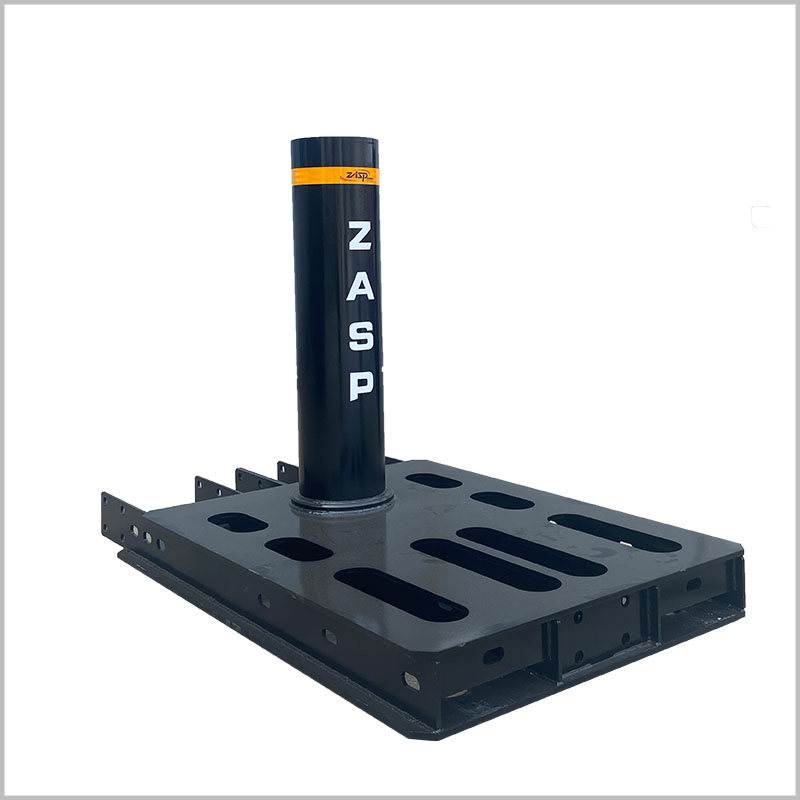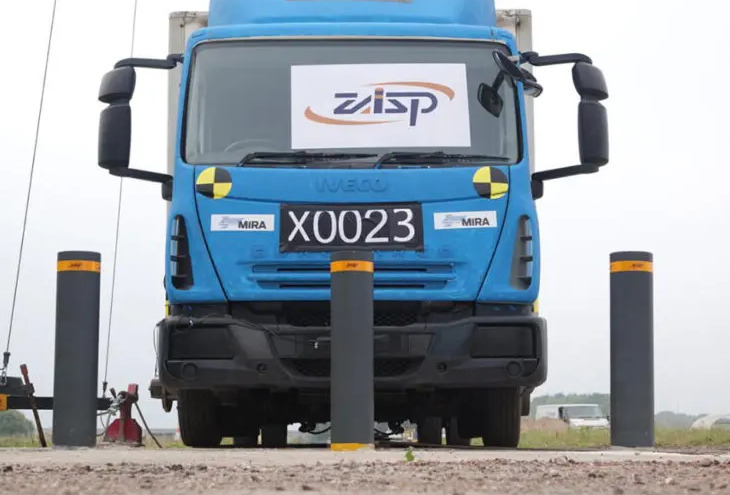Choosing between fixed bollards and removable bollards depends on various factors such as security needs, flexibility, aesthetics, and the specific requirements of the location. Each type has its own advantages and use cases, and the decision should be based on a careful assessment of the site’s characteristics and the intended purpose. Below, I discuss when to install fixed bollards versus removable bollards.
Fixed Bollards:
Fixed bollards are permanently installed and cannot be easily removed or retracted. They are anchored into the ground and provide a robust and reliable solution for various security and access control scenarios.
Perimeter Security:
When to Choose Fixed Bollards: For locations requiring continuous and permanent security, such as government buildings, critical infrastructure, or high-security facilities, fixed bollards are a suitable choice. They create a strong physical barrier to prevent unauthorized vehicular access.
High-Traffic Areas:
When to Choose Fixed Bollards: In areas with constant vehicular and pedestrian traffic, fixed bollards offer a consistent level of protection. They are ideal for defining traffic flow and safeguarding crowded spaces where the risk of vehicle intrusion is higher.
Anti-Ram Protection:
When to Choose Fixed Bollards: Fixed bollards are often selected for locations that require anti-ram protection. These bollards are designed to withstand high-impact forces, providing an additional layer of security against potential terrorist attacks or deliberate vehicle collisions.
Low Maintenance Requirements:
When to Choose Fixed Bollards: Fixed bollards typically have lower maintenance requirements since they are designed for permanent installation. Once installed, they offer a reliable and long-lasting security solution with minimal upkeep.
Aesthetic Considerations:
When to Choose Fixed Bollards: In locations where the visual impact of bollards is acceptable or even desired, fixed bollards can be selected based on their design and material to enhance the overall aesthetics of the surroundings.
Removable Bollards:
Removable bollards, on the other hand, provide flexibility as they can be raised or lowered as needed. This type of bollard is suitable for situations where temporary access control is required or when the visual impact of bollards needs to be minimized.
Temporary Access Control:
When to Choose Removable Bollards: In areas where occasional or temporary access control is needed, such as event spaces, pedestrian zones, or emergency vehicle access points, removable bollards offer the flexibility to control vehicular access as required.
Flexibility in Traffic Management:
When to Choose Removable Bollards: Removable bollards are well-suited for locations that require dynamic traffic management. They can be raised to restrict access during specific times or lowered to facilitate traffic flow, providing a versatile solution for changing operational needs.
Aesthetic Concerns:
When to Choose Removable Bollards: In locations where the visual impact of bollards needs to be minimized when not in use, such as historic sites, parks, or areas with architectural significance, removable bollards can be a preferred choice.
Maintenance or Service Access:
When to Choose Removable Bollards: For situations where periodic maintenance or service access is required, such as utility access points or loading zones, removable bollards allow for convenient temporary removal to facilitate these activities.
Cost-Effective Solutions:
When to Choose Removable Bollards: In cases where cost considerations are crucial, and the flexibility provided by removable bollards aligns with the security needs of the location, they can be a cost-effective solution.
In summary, the decision to install fixed or removable bollards depends on the specific requirements of the site. Fixed bollards are ideal for permanent security needs, anti-ram protection, and high-traffic areas, while removable bollards offer flexibility, temporary access control, and can be a preferred choice in locations with aesthetic concerns or cost considerations. A comprehensive assessment of the site, security goals, and operational requirements should guide the selection process to ensure an effective and appropriate solution.



